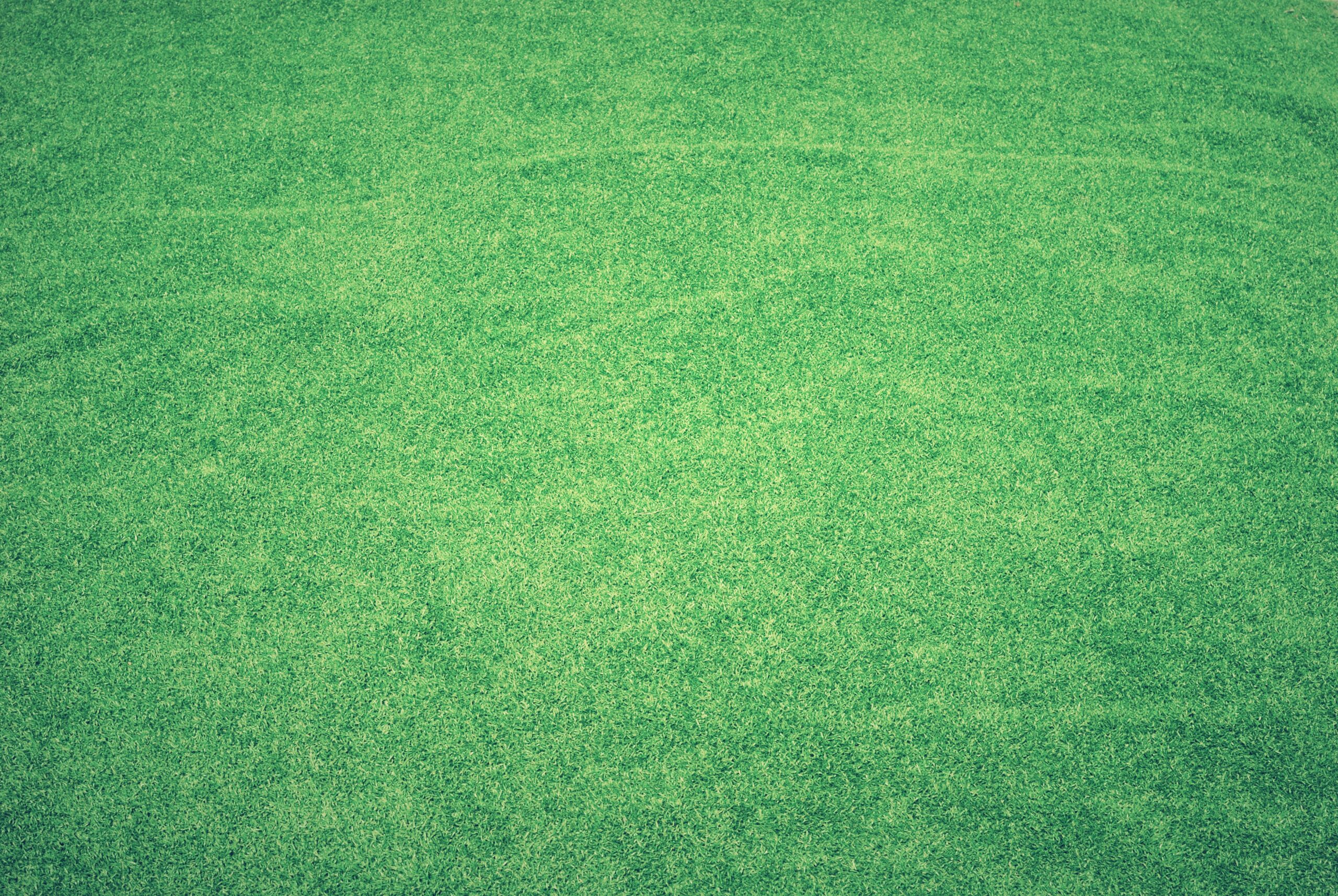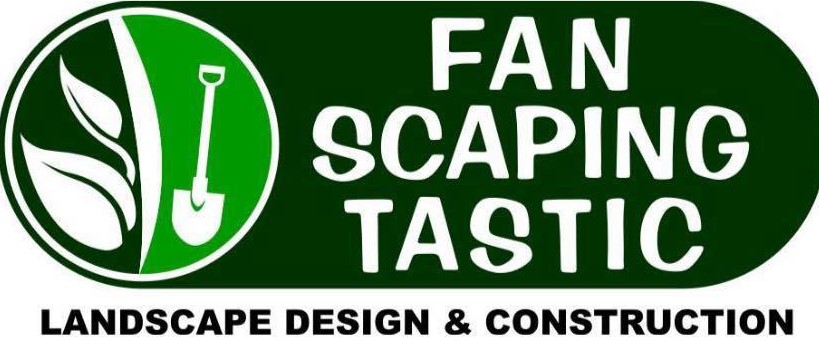
5 Reasons to Use Artificial Turf for Your Football Field
Various landscaping situations use artificial grass these days. It has advantages over the natural variant—people prefer it for sports clubs, schools, government buildings, universities, and more. Though artificial grass requires a significant investment upfront, it pays for itself in the long run. Read on to learn more about the benefits of using this type of grass.
This type of grass is suitable for all weathers
Synthetic grass is safer to play on during the rainy season as it does not get slippery. Since the rain drains out of the turf, you won’t get muddy grounds when you use artificial grass. The traction you get minimises the risk for tripping and falling when on the field.
Artificial grass is resistant to wear and tear
Synthetic grass is durable and can withstand high-impact use. With this type of material, you do not need a recovery period in between football matches. This quality is a significant advantage for areas that host various clubs. On average, you can get about 2,000 hours of play per year out of an artificial grass pitch. By contrast, natural grass pitches can only last about 400 to 800 hours per year.
Also, this type of football field has a unique shock pad layer. This layer allows the pitch to absorb the impact that players’ feet and bodies create. As a result, you get a sturdier and safer playing field that can absorb the shock of players falling on the turf.
Artificial fields are low maintenance
You can say goodbye to mowing, fertilising, and ventilation when you use artificial grass on your field. Although you still need to clean your pitch regularly, it won’t be as time-consuming as the maintenance required for natural grass.
You would need to perform deep cleaning just once a year; on most days you can pass over the pitch with a plastic rake or leaf blower.
Synthetic grass is better for playing
You can use this kind of grass for years and expect it to look the same. If ordinary turf needs regular tending so that it remains level and flat, this kind of football pitch will not show bumps, making it safer for play.
Typically, turf grass uses an infill of SBR and silica sand. SBR, or styrene-butadiene rubber, is an abrasion-resistant material, while silica helps the blades remain upright and discourages weed growth.
This type of grass does not need sunlight
Football stadiums that use natural grass often have steep, covered stands. To ensure that the grass does not wither, stadium owners put maintenance methods like infrared lighting in place, which means additional expenses.
When you use synthetic grass on your pitch, you don’t need to install infrared lights or ensure direct sunlight on the field. Doing this also allows you to install a field in a covered court or a shaded area, which audiences and players would appreciate.
Conclusion
Using artificial turf grass provides various benefits. It is a more cost-efficient turfing solution, allowing you to cut back on maintenance and grass cultivation. Over time, the investment you made when installing synthetic grass will come back to you in the form of savings on upkeep.
Get the best landscaping services in Sydney when you hire FanScapingTastic. From the initial conference call to the final day of construction, we make sure to address all our clients’ concerns, discuss their preferences, and deliver results. Request a free consultation and give your field that ‘Wow’ factor today!


Recent Comments